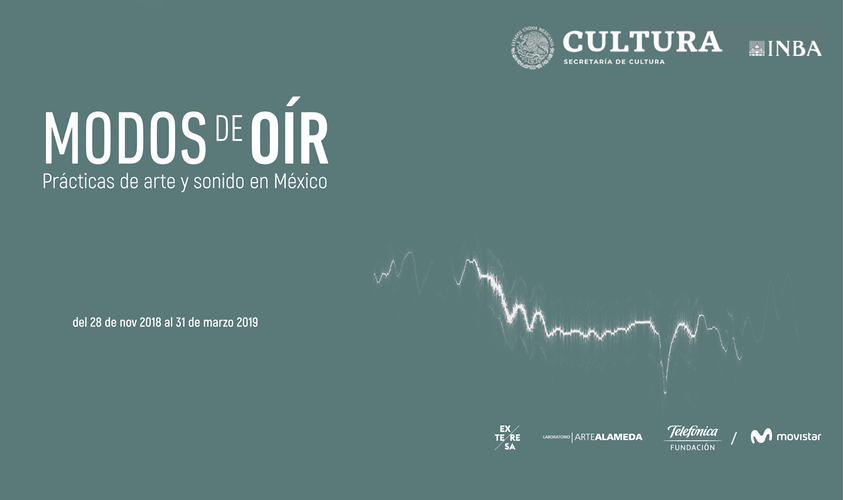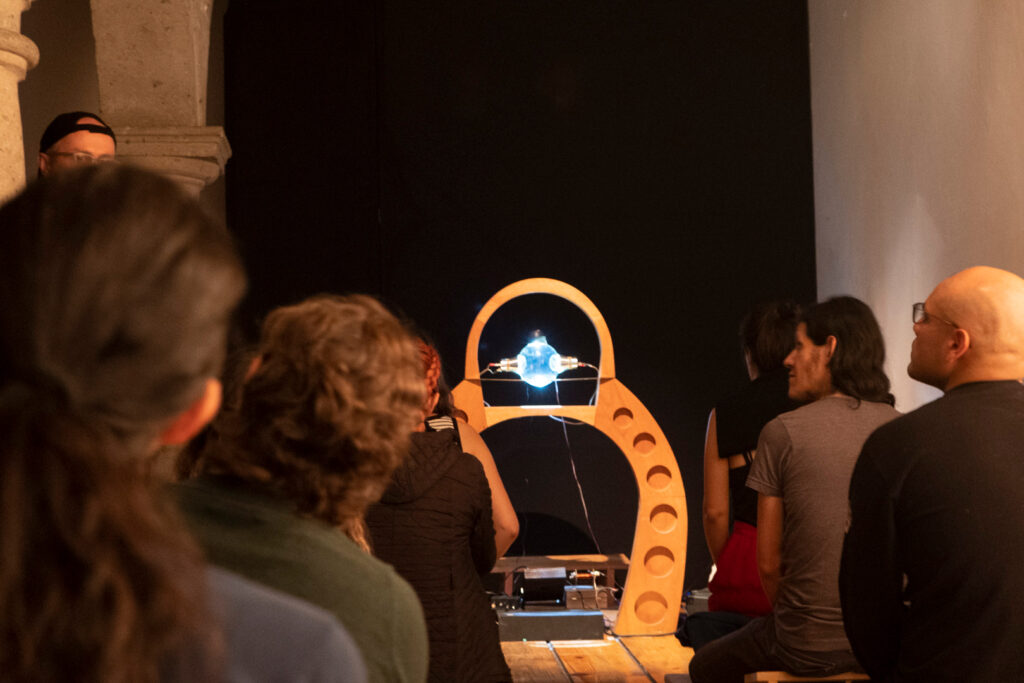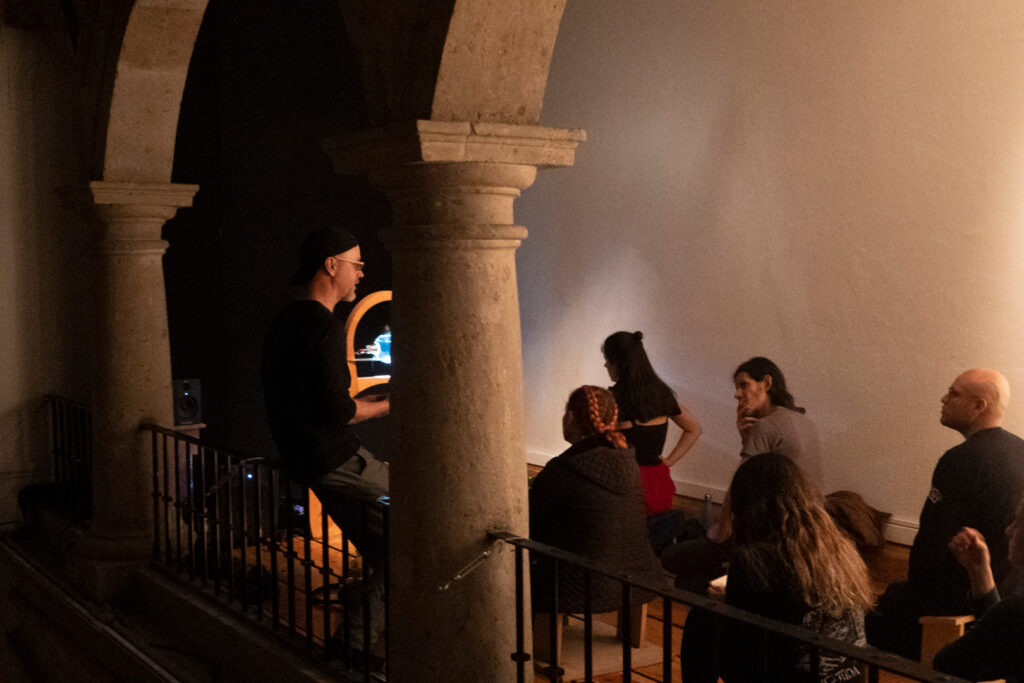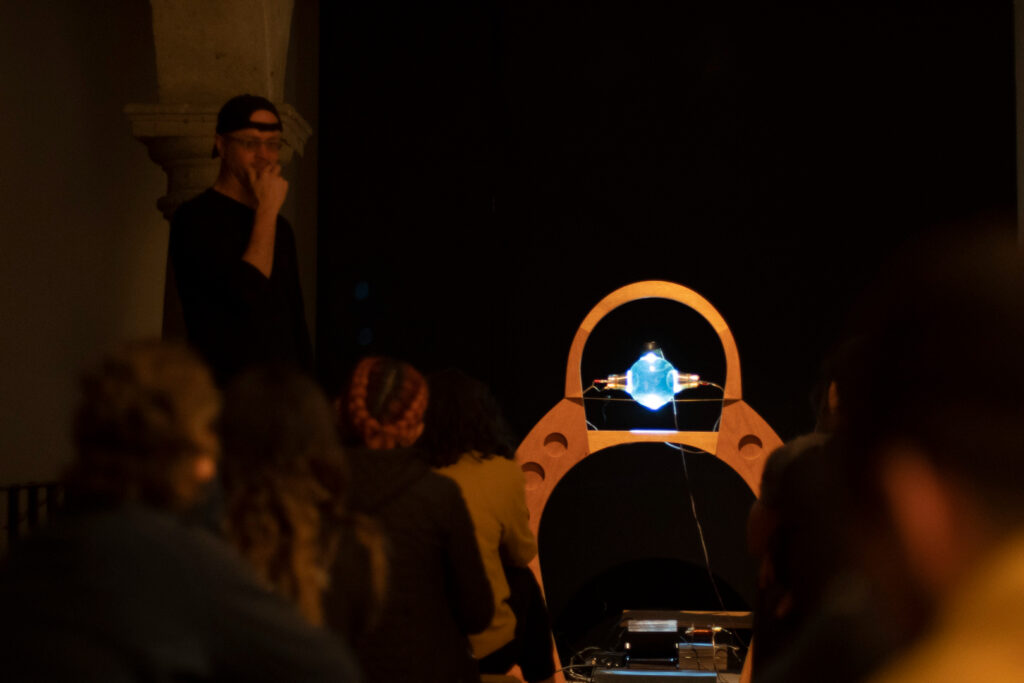

Sonoluminimente
Sonoluminescence is a complex phenomenon that is still not fully understood, so there is no single and definitive hypothesis that can be considered the most accurate. However, there are several theories that have been proposed to explain this phenomenon, such as the cavitation hypothesis, the Casimir effect theory, and the quantum electrodynamics hypothesis.
The cavitation hypothesis suggests that sonoluminescence occurs due to the violent collapse of a gas bubble in a liquid, which generates a large amount of heat and energy. The Casimir effect theory suggests that sonoluminescence is caused by the interaction of quantum vacuum fluctuations with sound-excited water molecules, which generates virtual photons that become real.
The hypothesis of quantum electrodynamics is based on the idea that sonoluminescence is caused by the excitation of electrons in water molecules, which then emit photons when they return to their original energy state. This theory also suggests that the quantum vacuum plays an important role in sonoluminescence, as it can generate pairs of virtual particles that interact with the excited electrons.
These physics theories have in common the attempt to understand the Vacuum: a fundamental concept in physics that refers to the state of total absence of matter and energy in a given space. In classical physics theory, the vacuum was considered to be a state in which there was nothing at all. However, in modern physics, it has been discovered that the vacuum is not really empty, but is filled with quantum fluctuations that generate virtual particles and energy fields. In fact, it is believed that the quantum vacuum is the source of dark energy that drives the accelerated expansion of the universe.
Each subatomic interaction consists of the annihilation of the original particle and the creation of new subatomic particles. The subatomic world is a continuous dance of creation and annihilation, mass transforming into energy and energy transforming into mass. Transient forms appear and disappear from existence, creating an infinitely and constantly new reality. – Sogyal Rinpoche
Humanity has begun to explore consciousness processes through meditative and mindfulness methods, leading to speculative hypotheses about the existence and perception of reality. Eastern mystics have observed the constant presence of emptiness and impermanence when contemplating consciousness and nature, seeing the universe as energies and fluctuations that constitute an illusory, transient, and non-dual reality.
In Buddhist philosophy, Śūnyatā is the emptiness that constitutes the ultimate reality. Sunyata is not seen as the negation of reality, but rather as the undifferentiated source from which all apparent entities, distinctions, and dualities arise. Emptiness teaches the lack of substantiality or independence of things, and also speaks of impermanence, of how everything is in constant transformation and change.
The practice of Sonoluminiment focuses on meditation on the nature of reality, specifically on impermanence and emptiness. The construction of the mantric artifact involves replicating the multiple bubble sonoluminescence experiment using electronic components and a wooden structure that represents a portal, alluding to the bardos.
The electronic circuit consists of a frequency generator, a sound amplification system, a borosilicate flask with two high-frequency piezoelectric elements, and a wound inductor to amplify the electrical signal from the generator. The wooden structure holds the flask at eye level, and a meditation bench is used for sitting.
To measure the meditative state, a headband is used to measure the brainwave frequencies of attention, which allows for controlling the frequencies emitted to the system. Unlike the single-bubble experiment in the laboratory, which requires very special conditions, Sonoluminimente uses multiple bubbles, which generates a special and hypnotic cavitation sound.
Upon entering meditation, attention is focused on the formation of the bubbles, observing the tiny micro-dot of light and emptiness that forms inside them. This practice seeks to bring understanding that all things are empty of intrinsic and independent existence, and that everything is interconnected and conditioned by everything else.
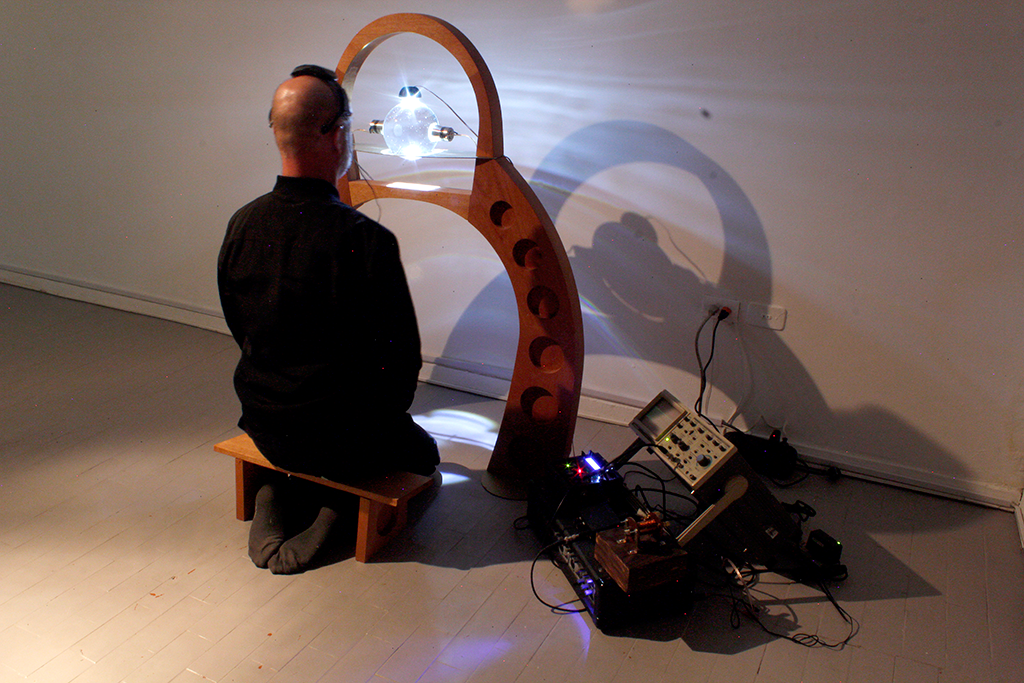
The phenomenological manifestations of mystical emptiness, like subatomic particles, are not static and permanent, but dynamic and transitory, appearing and vanishing in an incessant dance of movement and energy. Just like the subatomic world of physics, the world of Eastern mysticism is a world of samsara, of a continuous birth and death. As transient manifestations of emptiness, the things of this world do not possess a fundamental identity. This is particularly accentuated in Buddhist philosophy, which denies the existence of any material substance and also maintains that the idea of a permanent “self” that goes through successive experiences is an illusion. Buddhists have often compared this illusion of a material substance and an individual “self” with the phenomenon of a water wave, in which the up and down movement of water particles makes us think that a “part” of the water moves on the surface. It is interesting to see that physics has employed the same analogy in the context of field theory to point out the illusion of a material substance created by moving particles. Thus, Hermann Weyl writes: According to the field theory of matter, a material particle such as an electron is simply a small region of the field within which the strength of the field assumes enormously high values, indicating that a comparatively very large amount of energy is concentrated in a very small space. Such a knot of energy, which is by no means clearly delineated against the rest of the field, propagates through empty space like a wave of water on the surface of a lake; there is no substance of which it can be said that the electron is composed at all times.
FRITJOF CAPRA




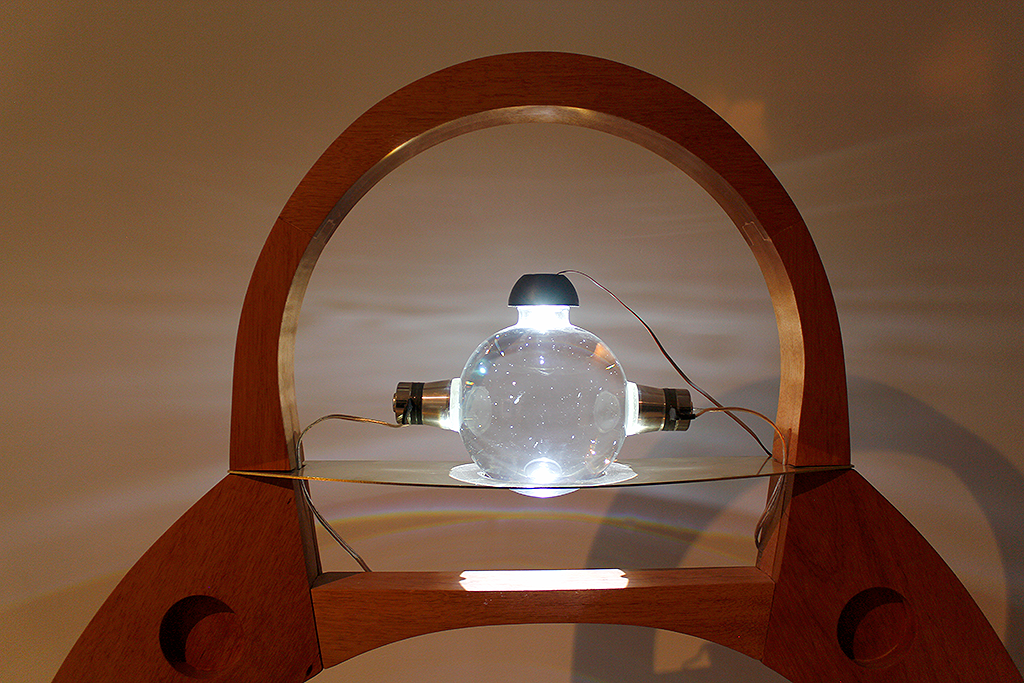
“Endō”
is a Japanese term that refers to the interdependence or mutual coexistence of all things. In Buddhist philosophy, this idea is related to the concept of emptiness, which refers to the lack of an intrinsic and autonomous existence of all things.
The notion of endō suggests that all things are interconnected and mutually influence each other. This is reflected in the Buddhist teaching of dependent origination, which holds that all phenomena arise in dependence on other phenomena. In other words, things do not have an independent existence, but are interconnected and conditioned by everything else.
Emptiness in Buddhism refers to the lack of a fundamental and permanent identity of all things. Every phenomenon is transitory and dependent on other phenomena, which means that there is nothing that has an autonomous and independent existence. This idea is related to the notion of endō, as it suggests that everything is interconnected and that there is nothing that exists by itself.
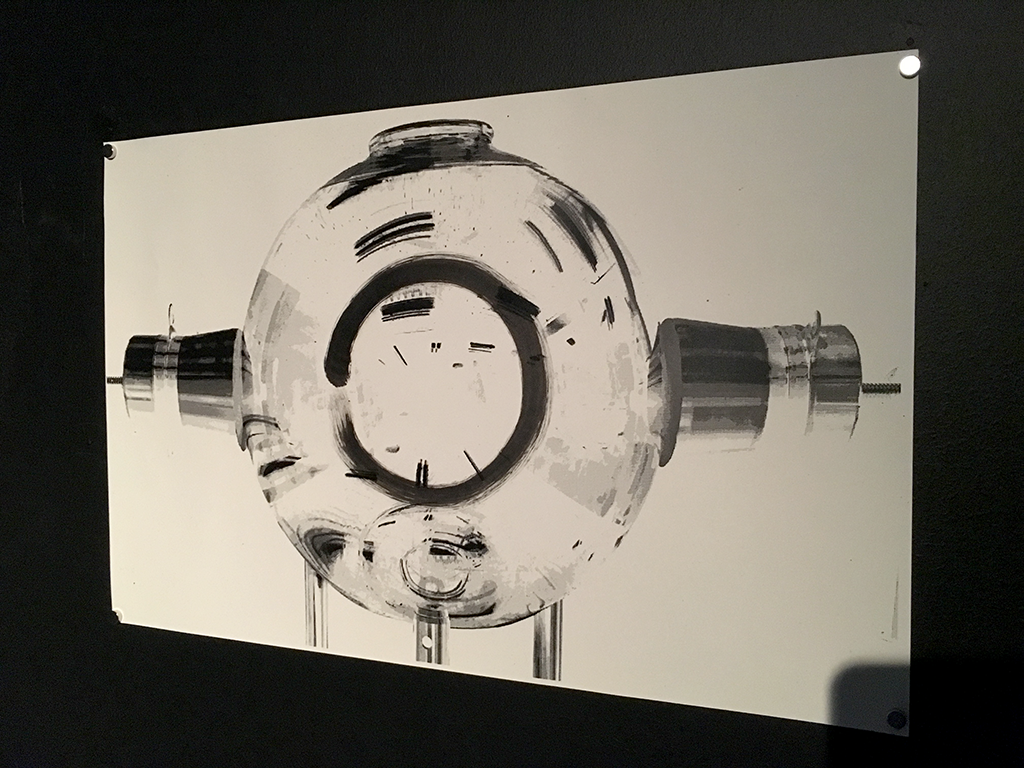
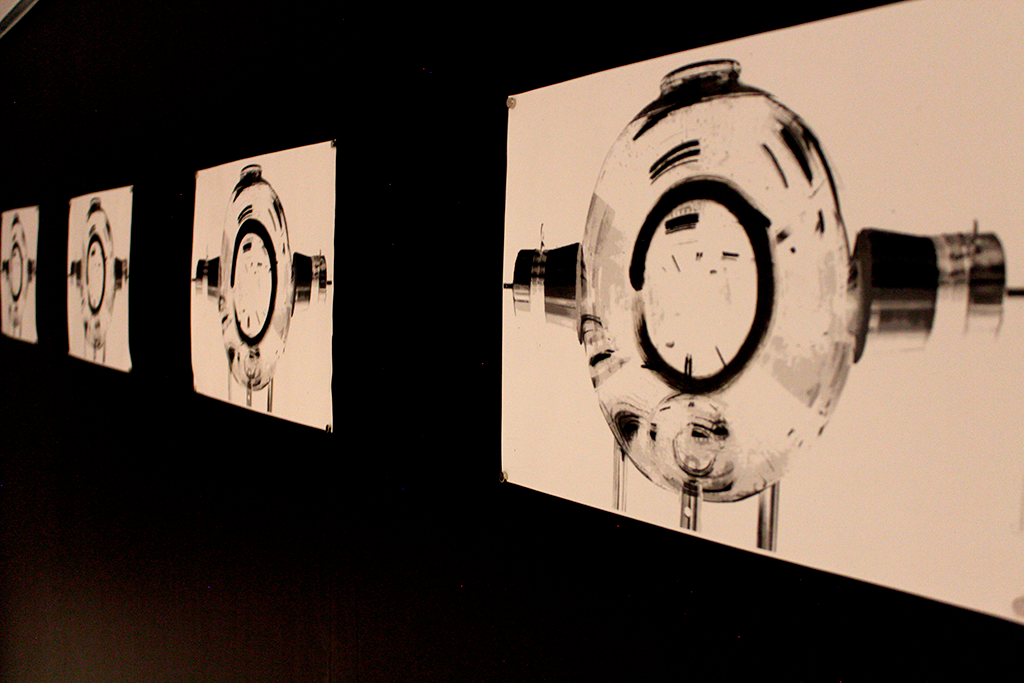
- Arcangelo Constantini / Roberto Zenit ( cientifico)
- Comisionada por el Colectivo reactante para la muestra Quanta
- Apoyo , Santiago Itzcoatl, Diego Liedo, Mauricio Alvarez
- Bernardo Palacios , Daniel Lara Ballesteros
- Asesoria: Dra Margarita Navarrete , Russ
- Agradecimientos : Nathalie Regard, Adriana Casas, Centro Multimedia, Lina Pulido, Andres Stepanichtchev, Dr Juan hernandez Cordero, Dra, Rocio de la Torre
- Artista en Residencia
- Laboratorio de Reologia
- Instituto de Investigaciones Materiales
- UNAM
- comisionada por
- Reactante
- Bogotá Colombia 2017
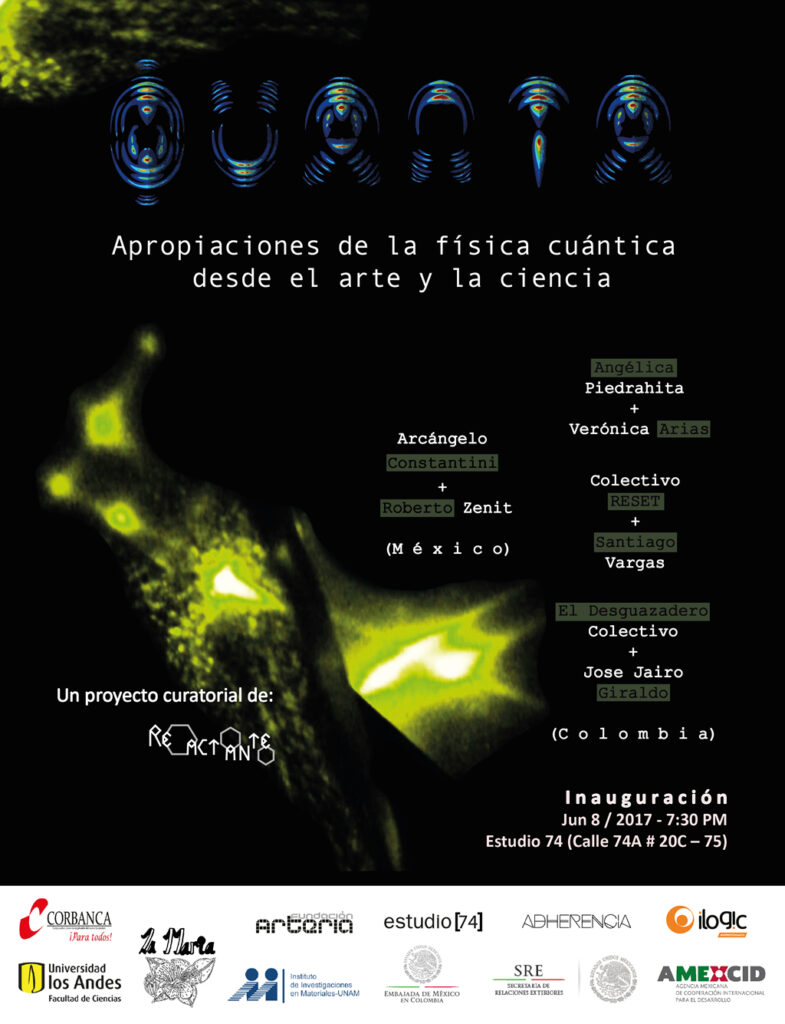
Iinaguration Bogota
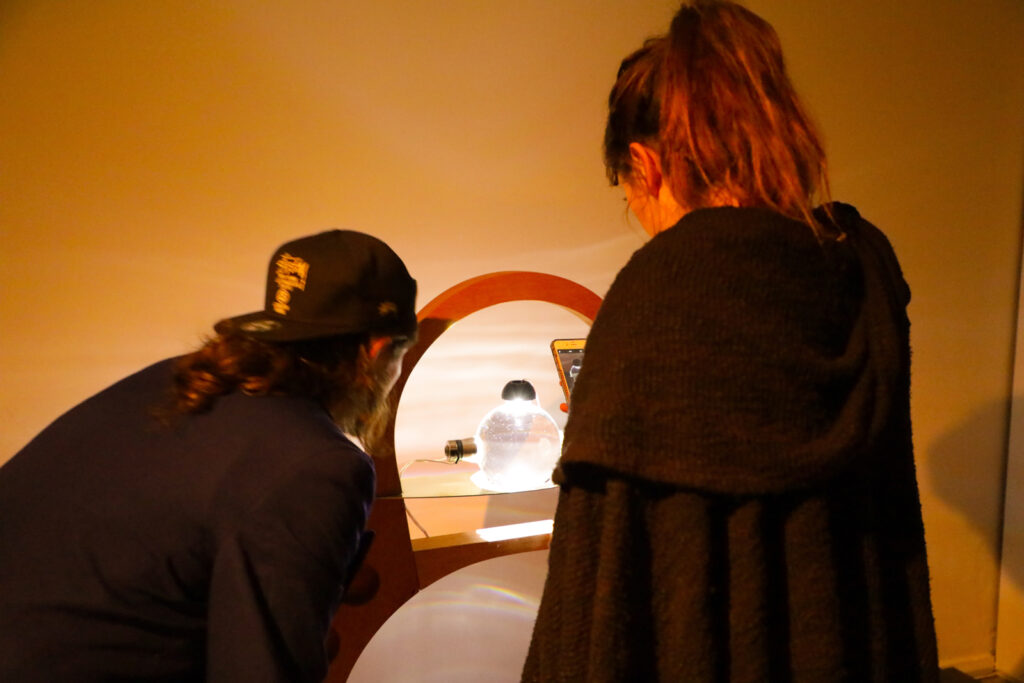
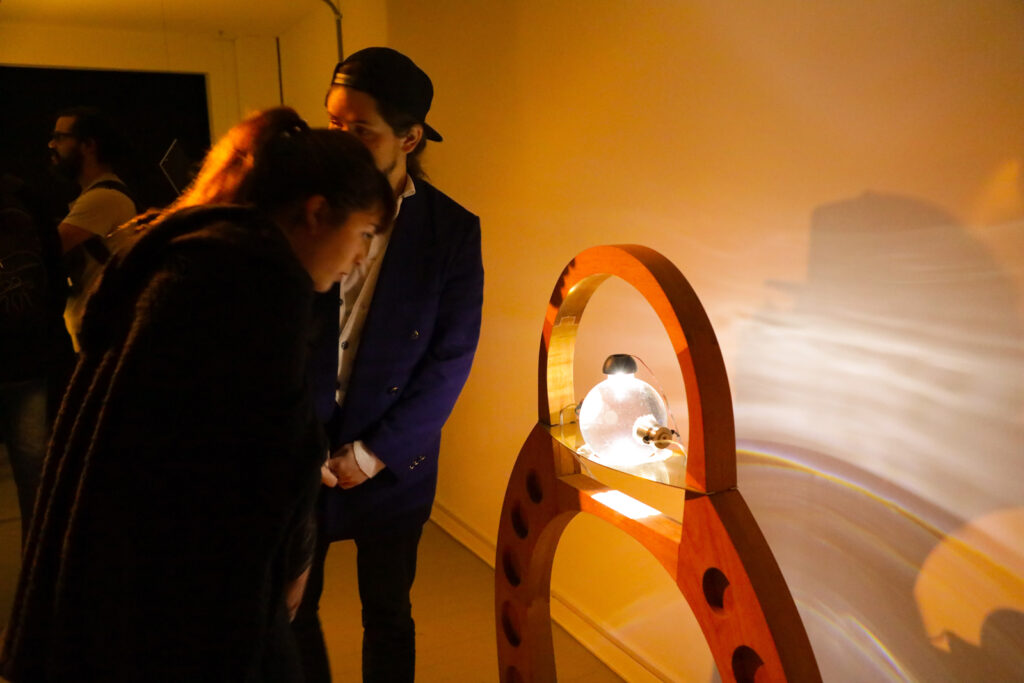
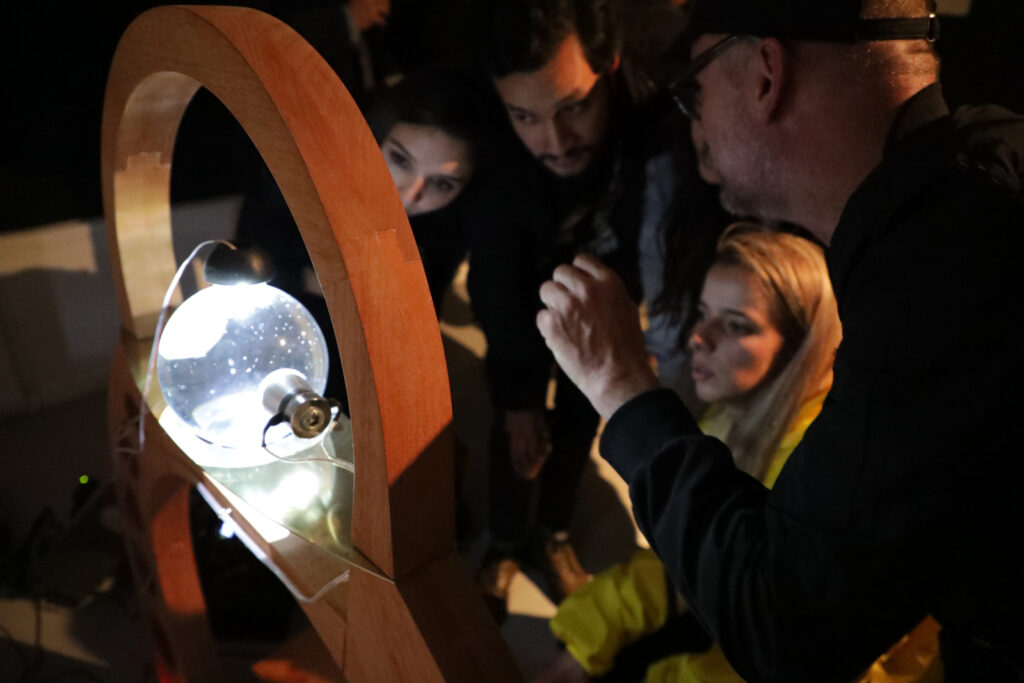
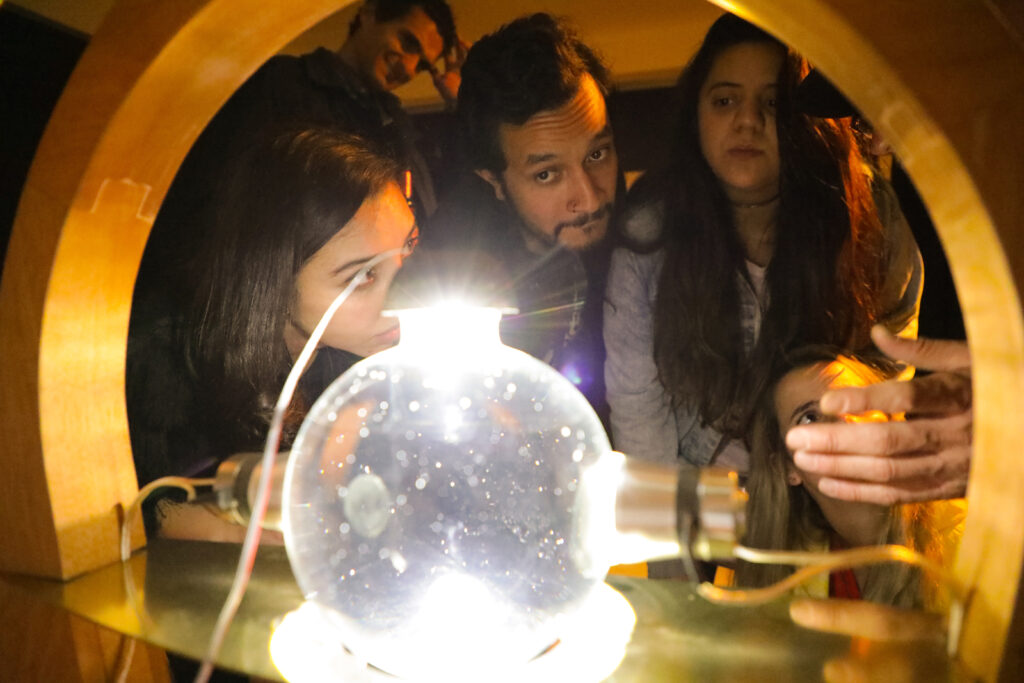
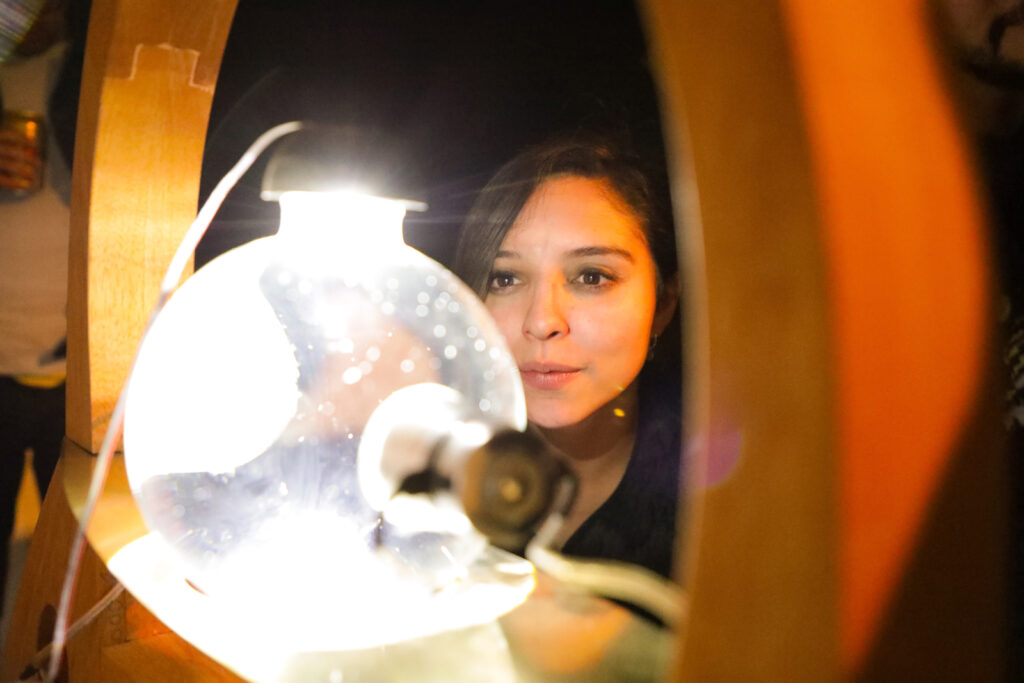
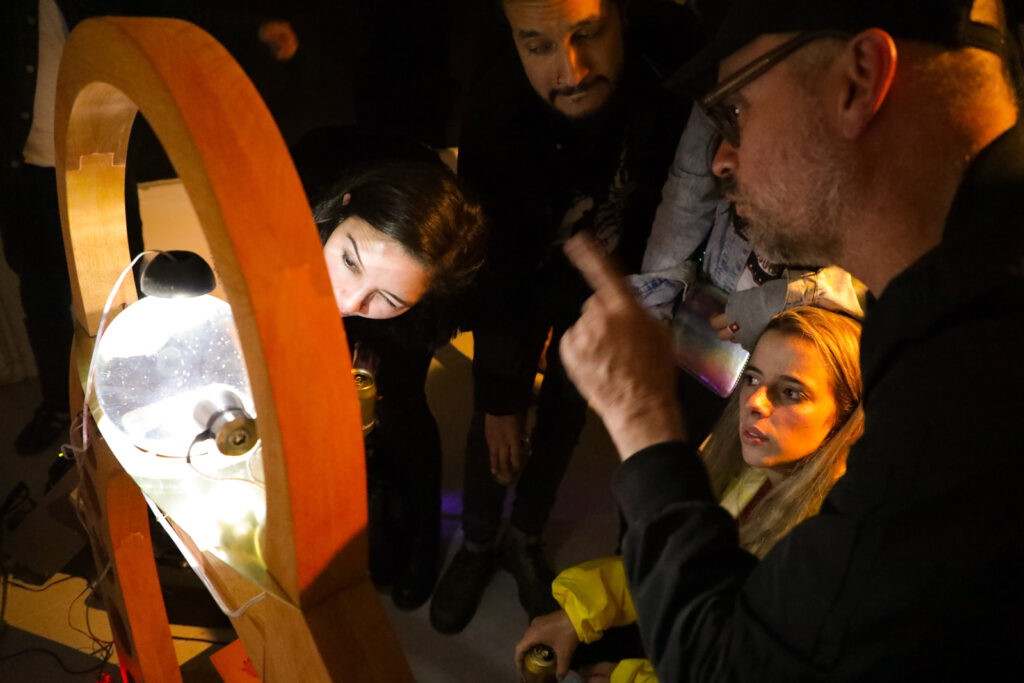
production Art in residence UNAM
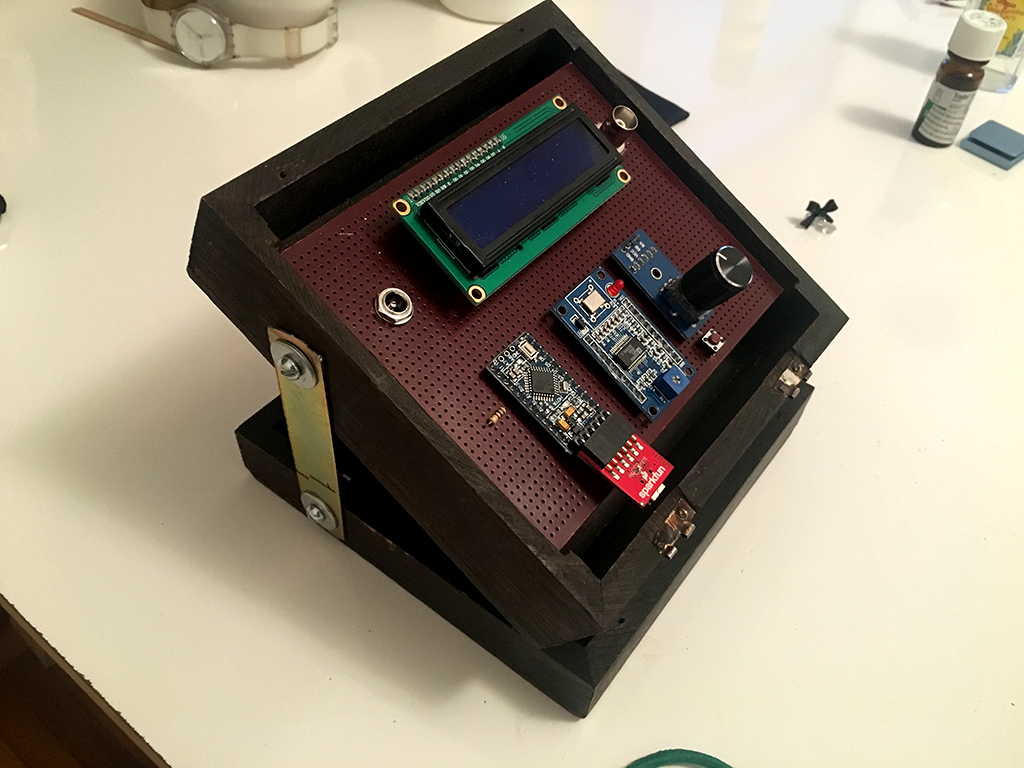
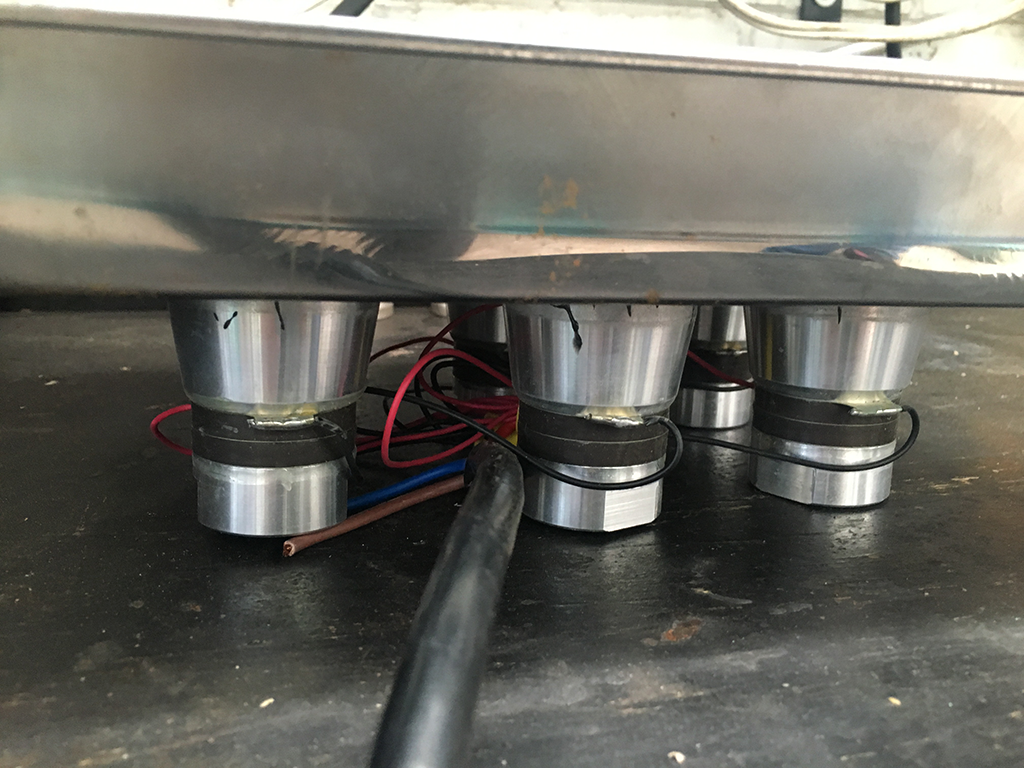
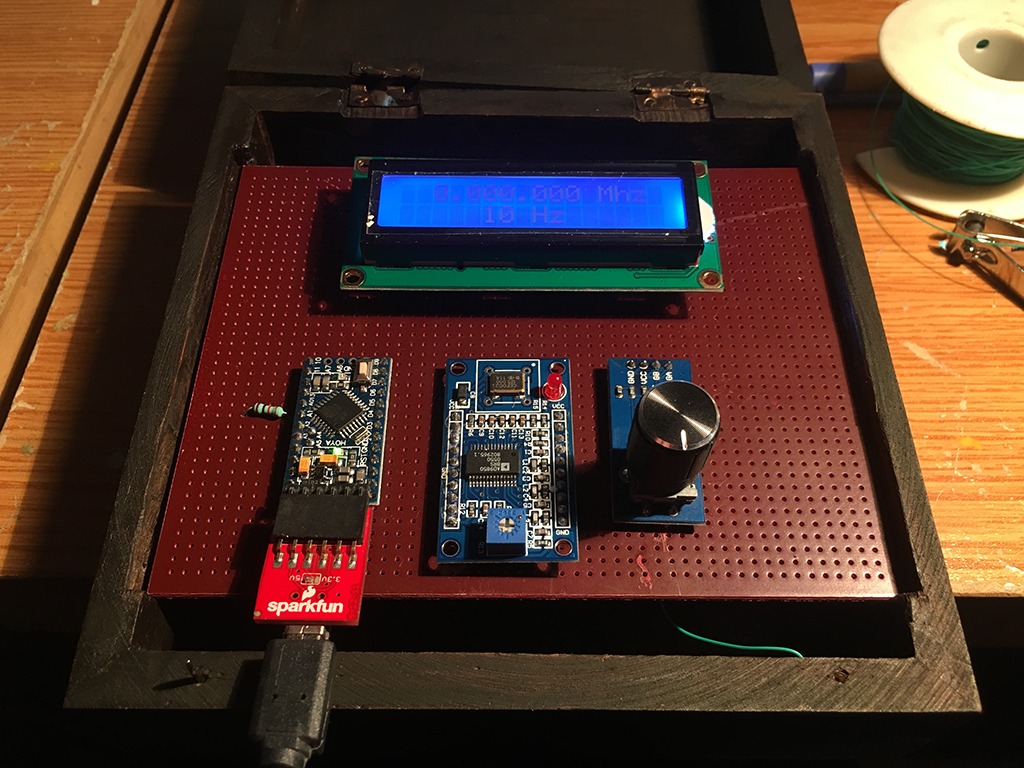
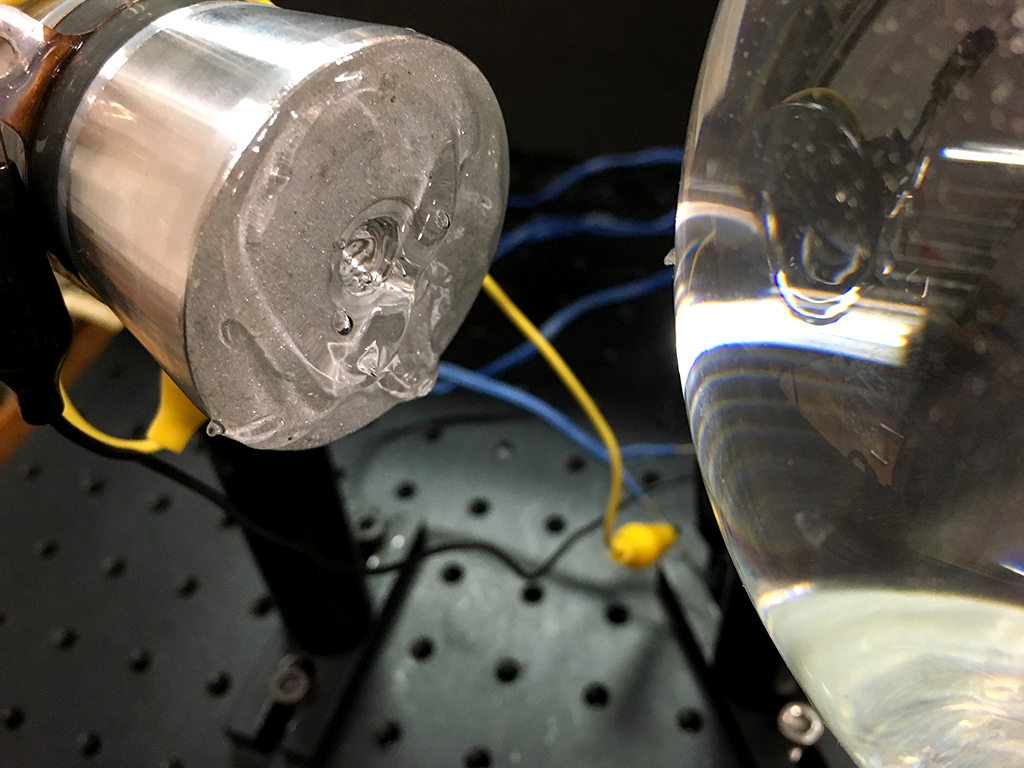



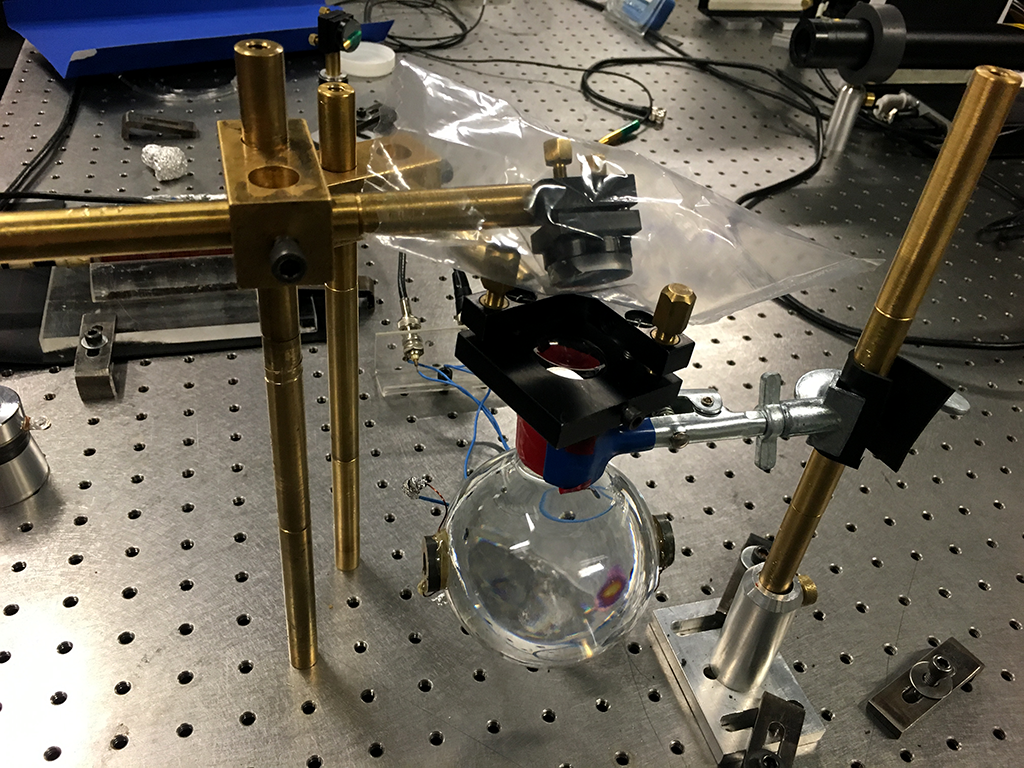
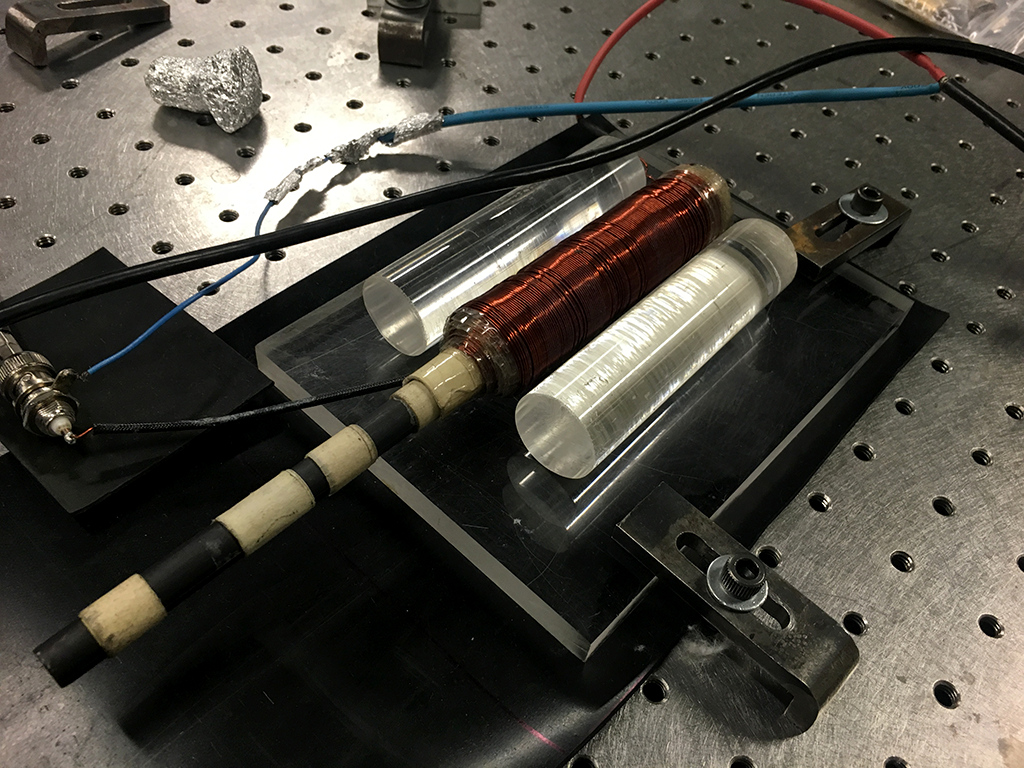
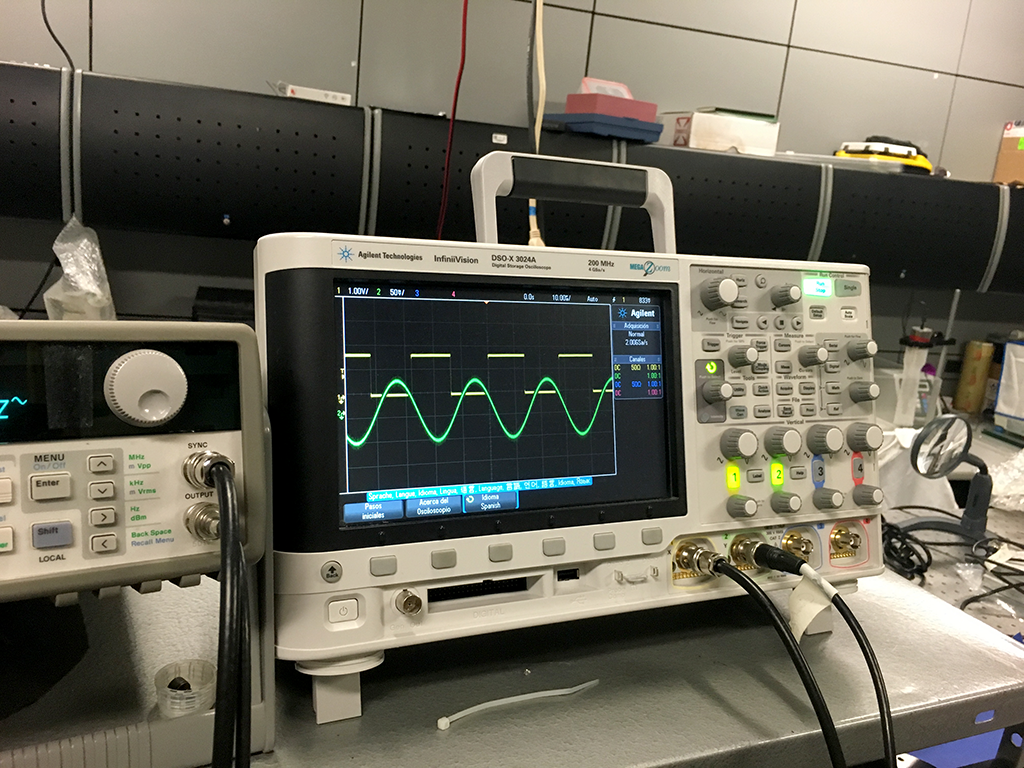
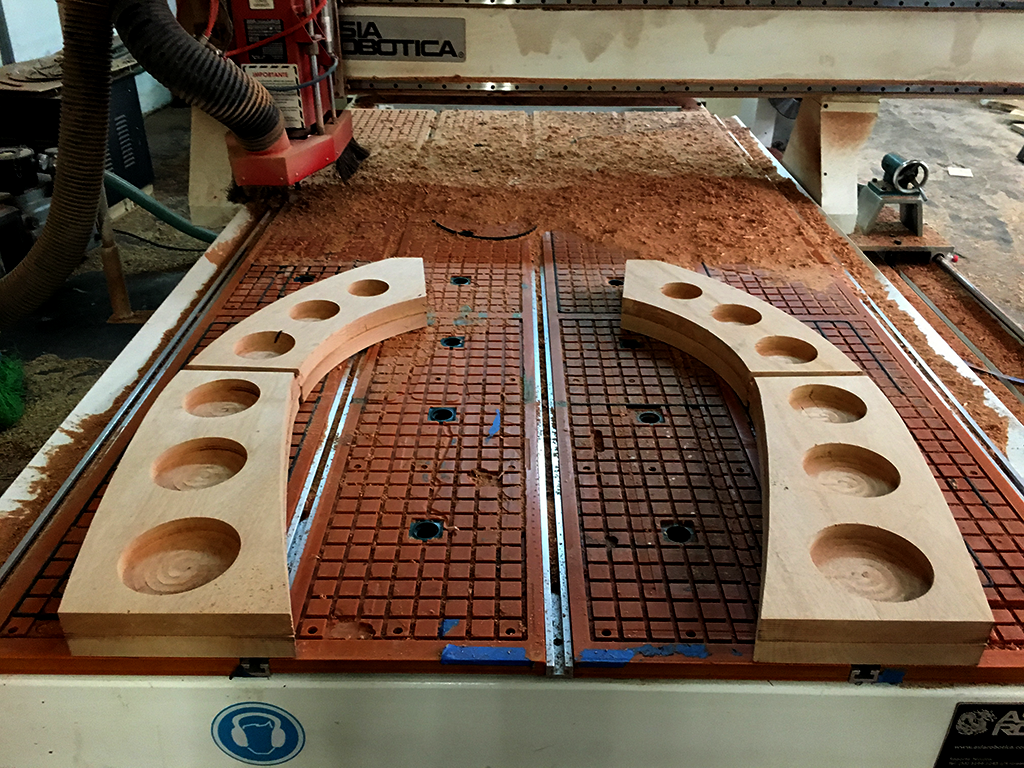

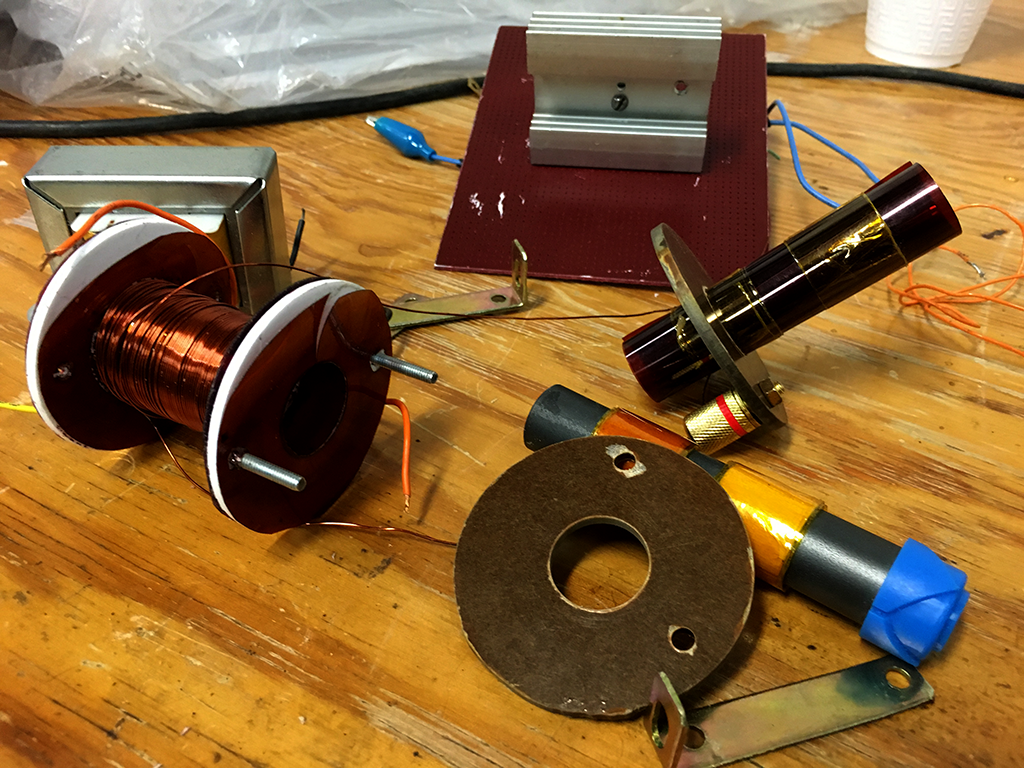
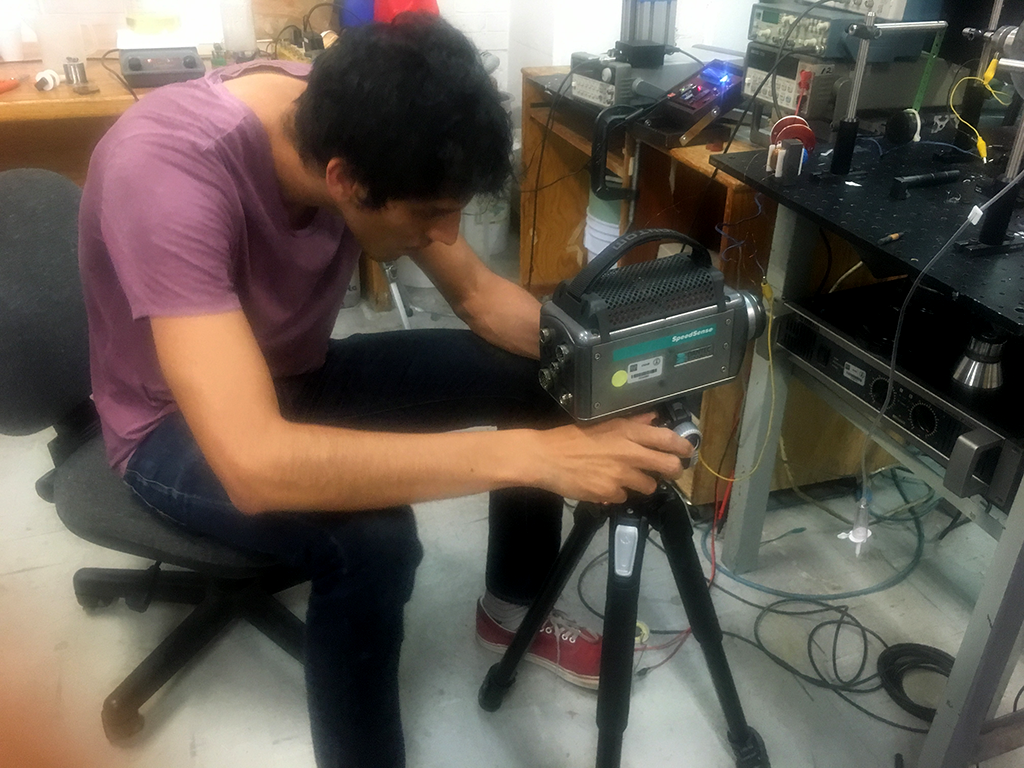
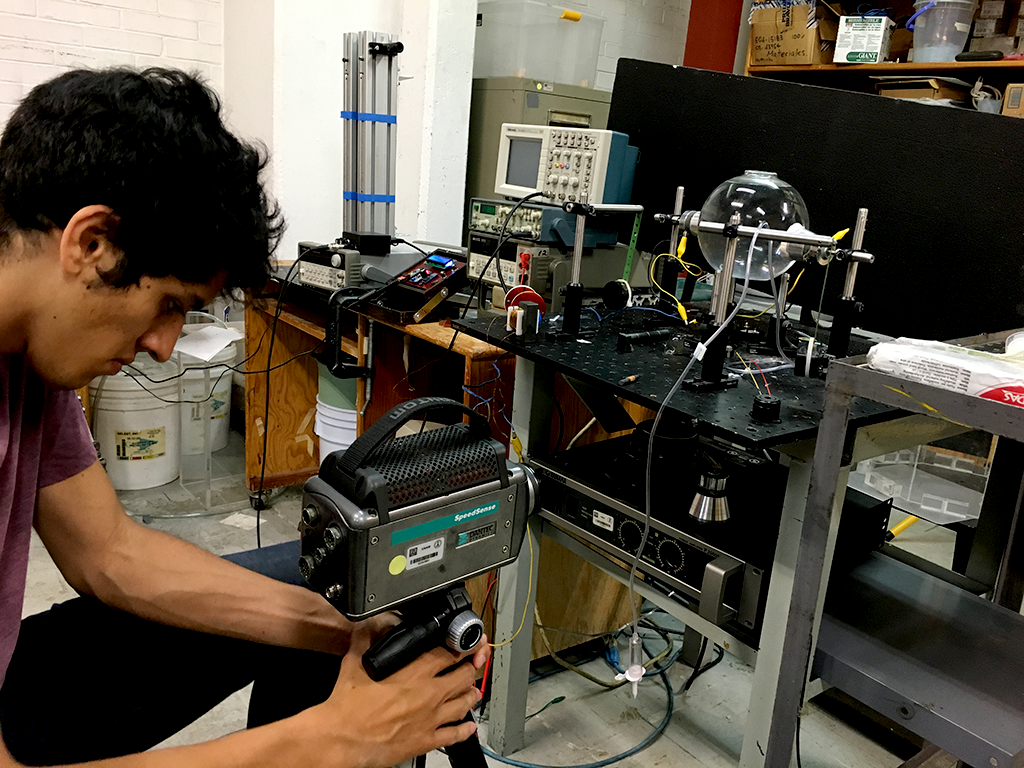


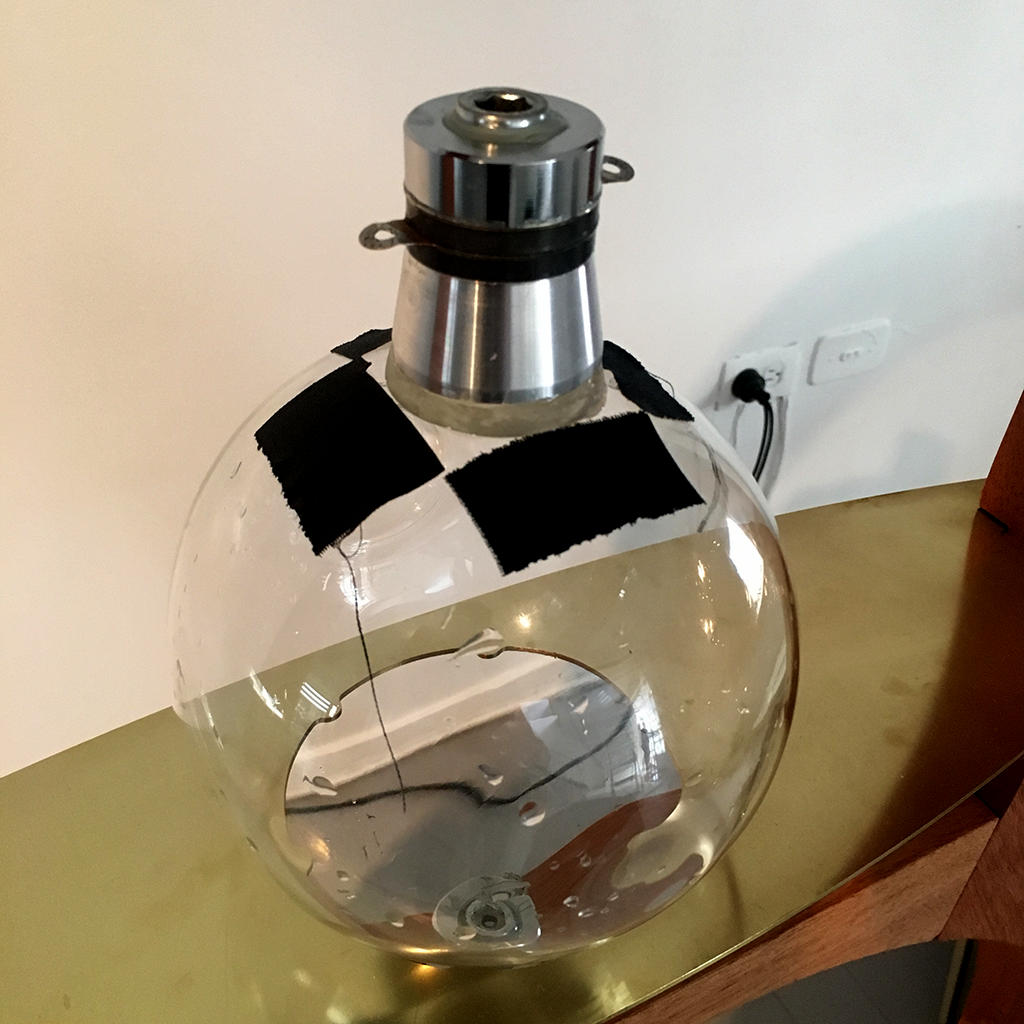
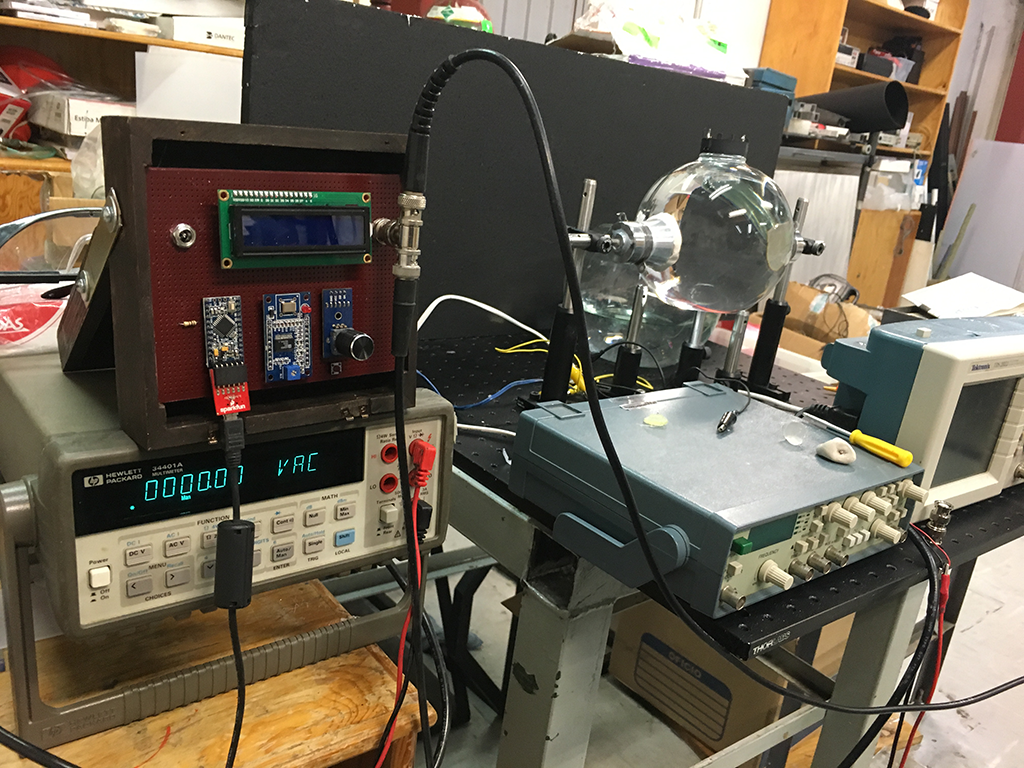
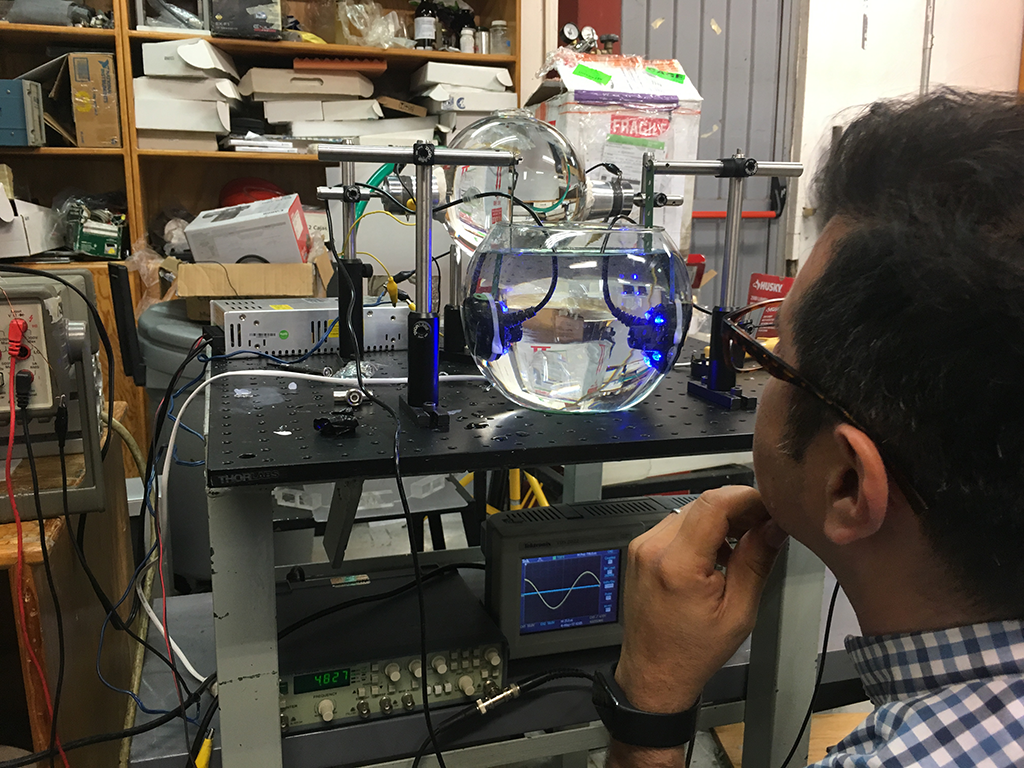
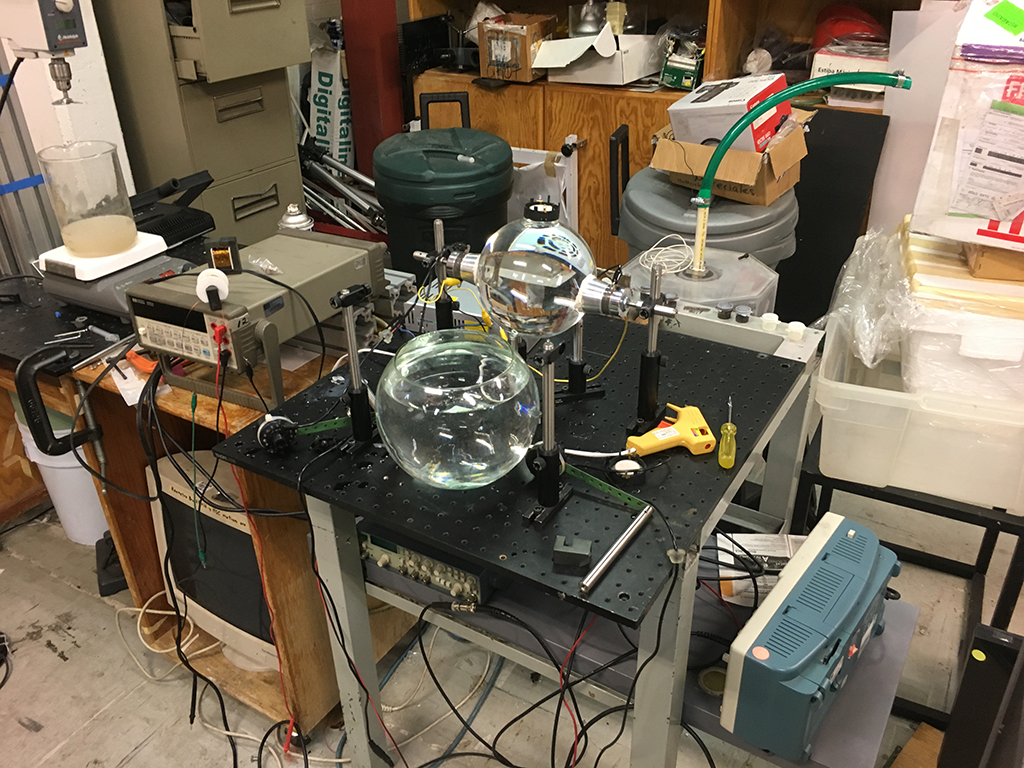
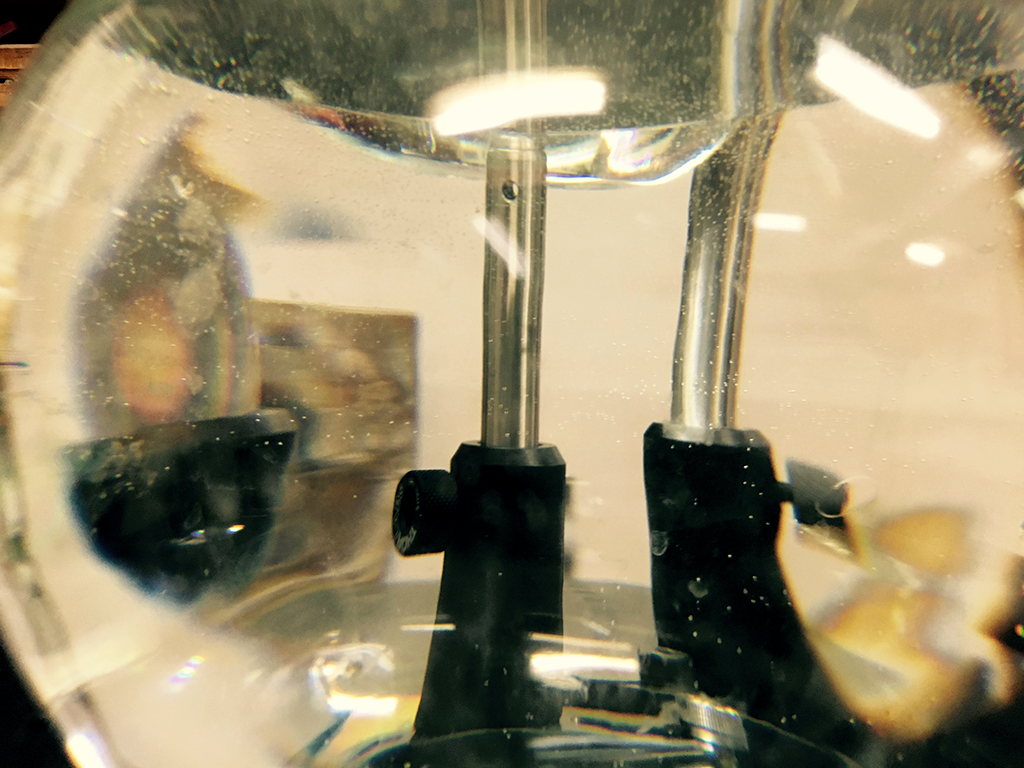

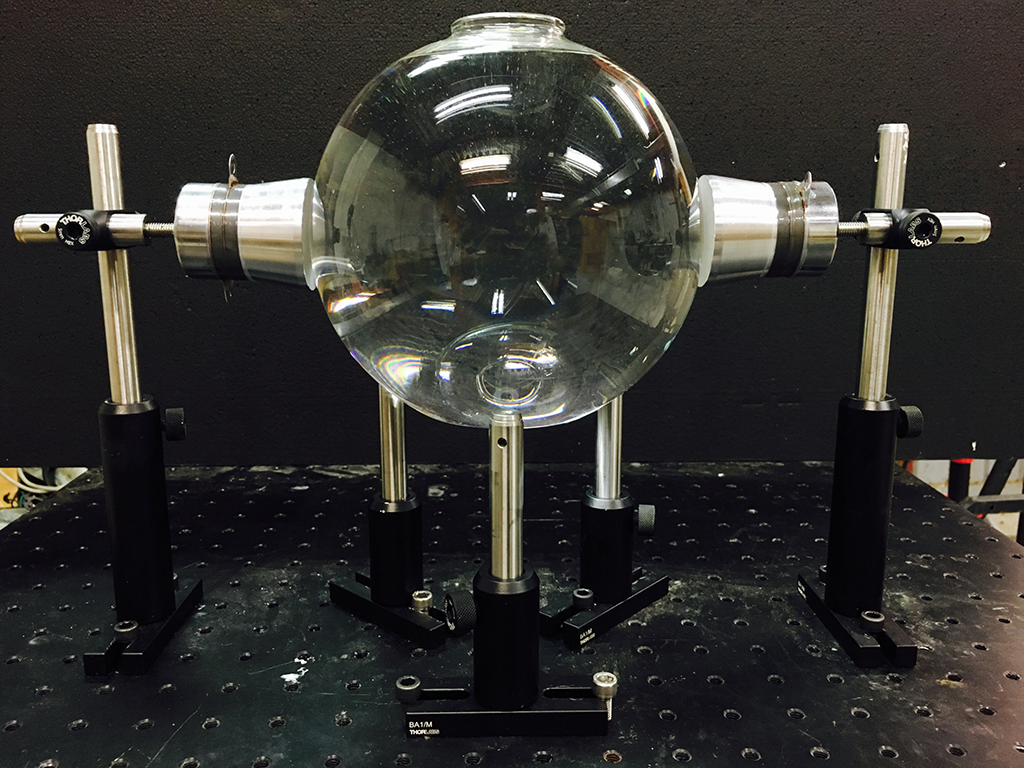



installation Bogota
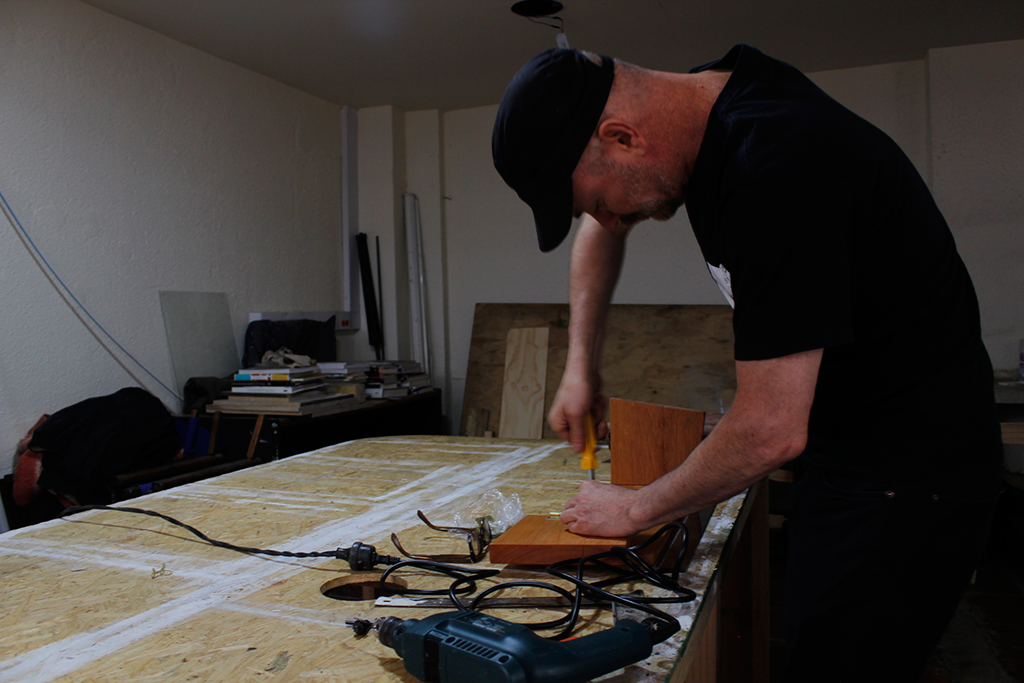
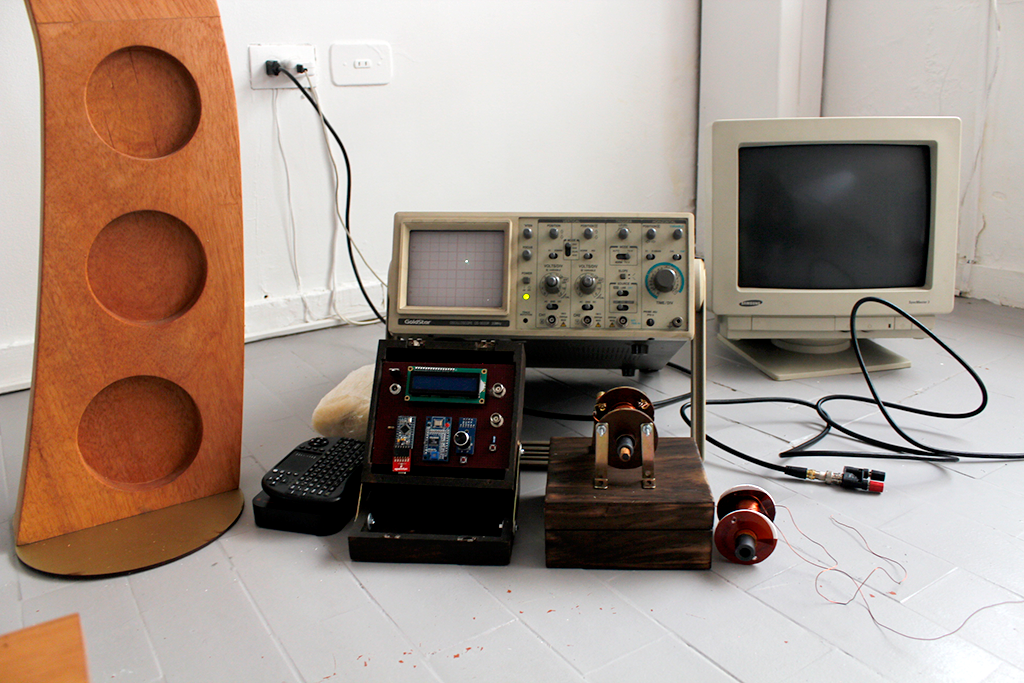
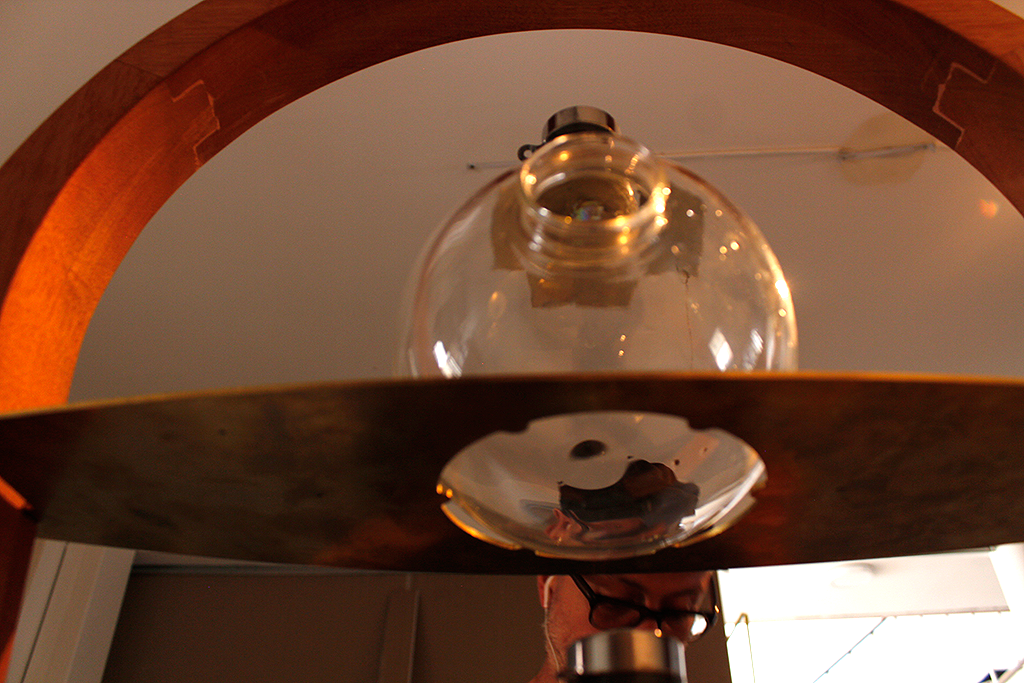
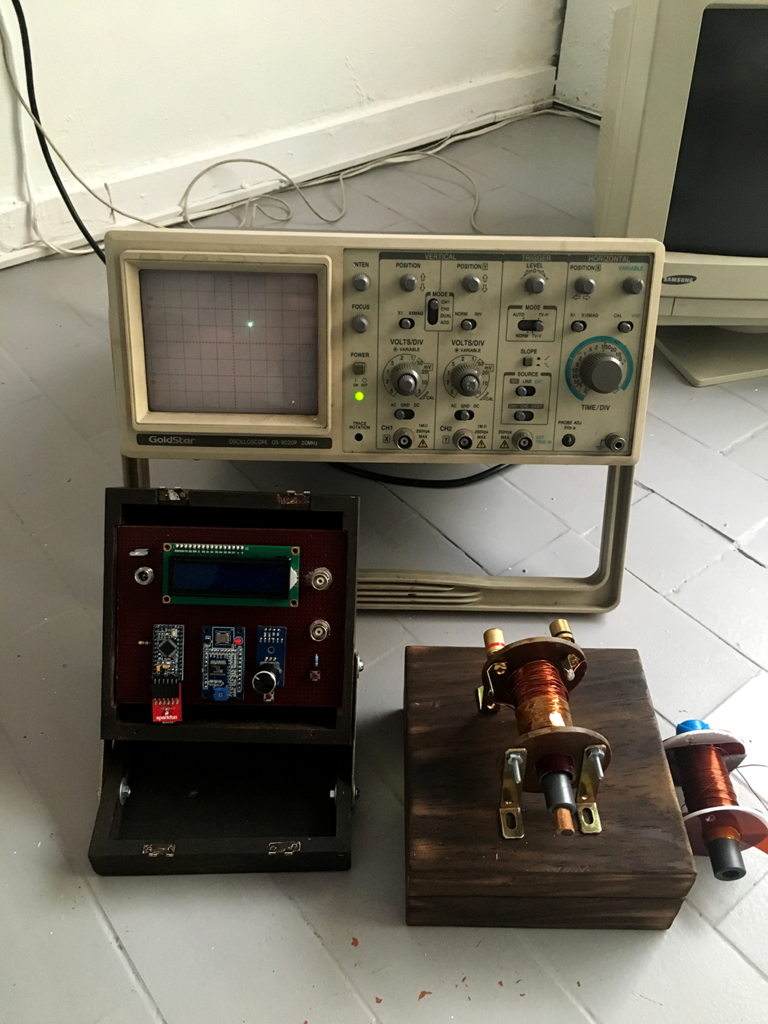
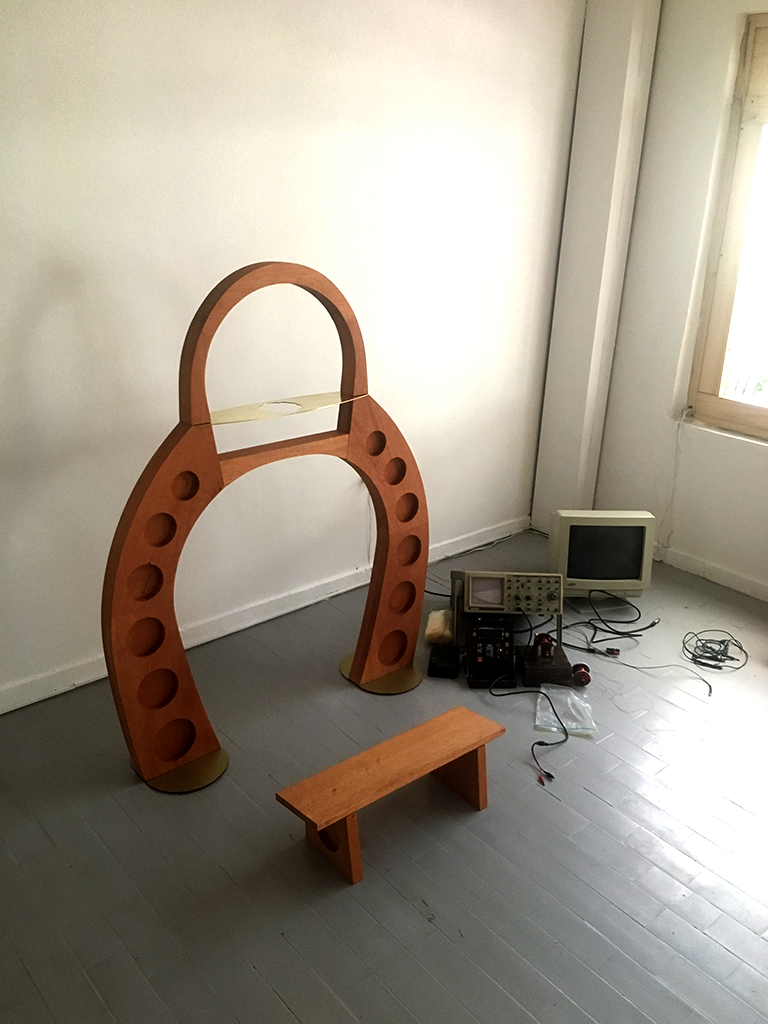

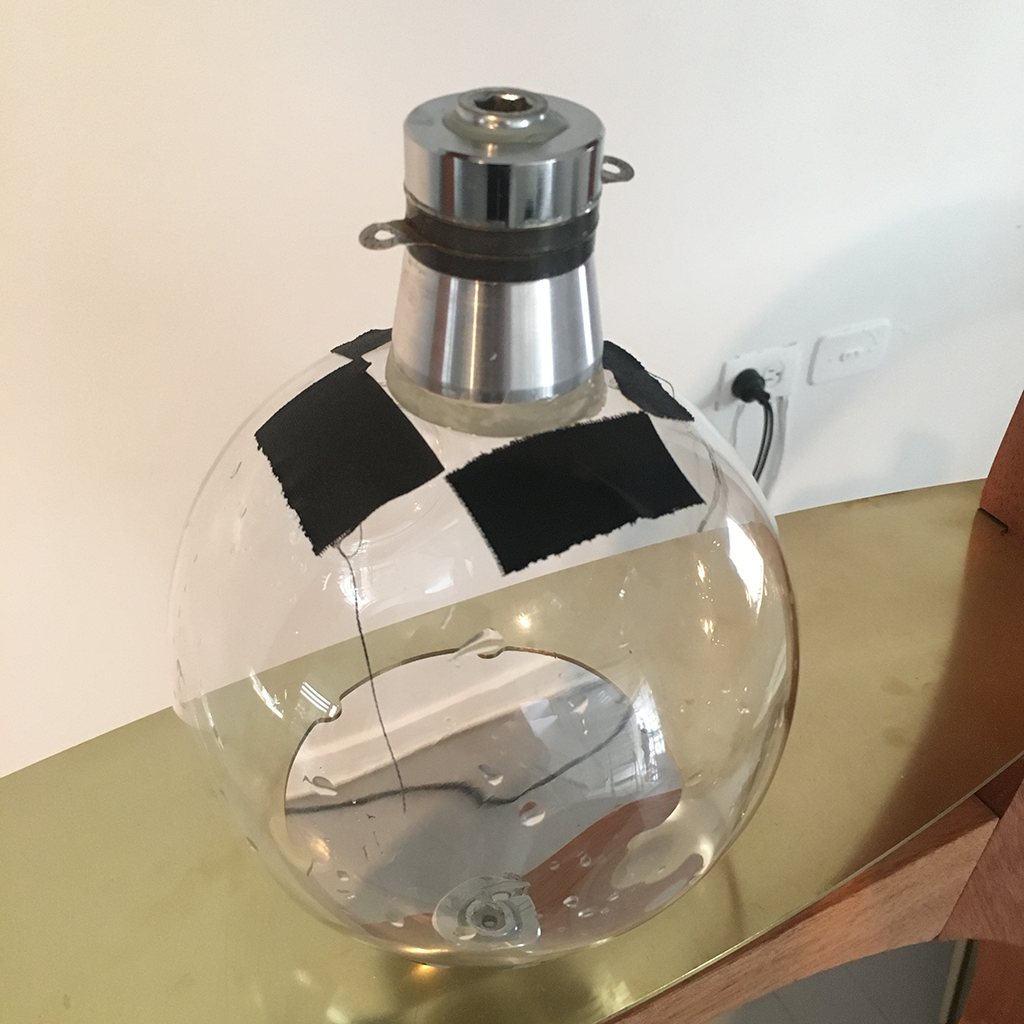

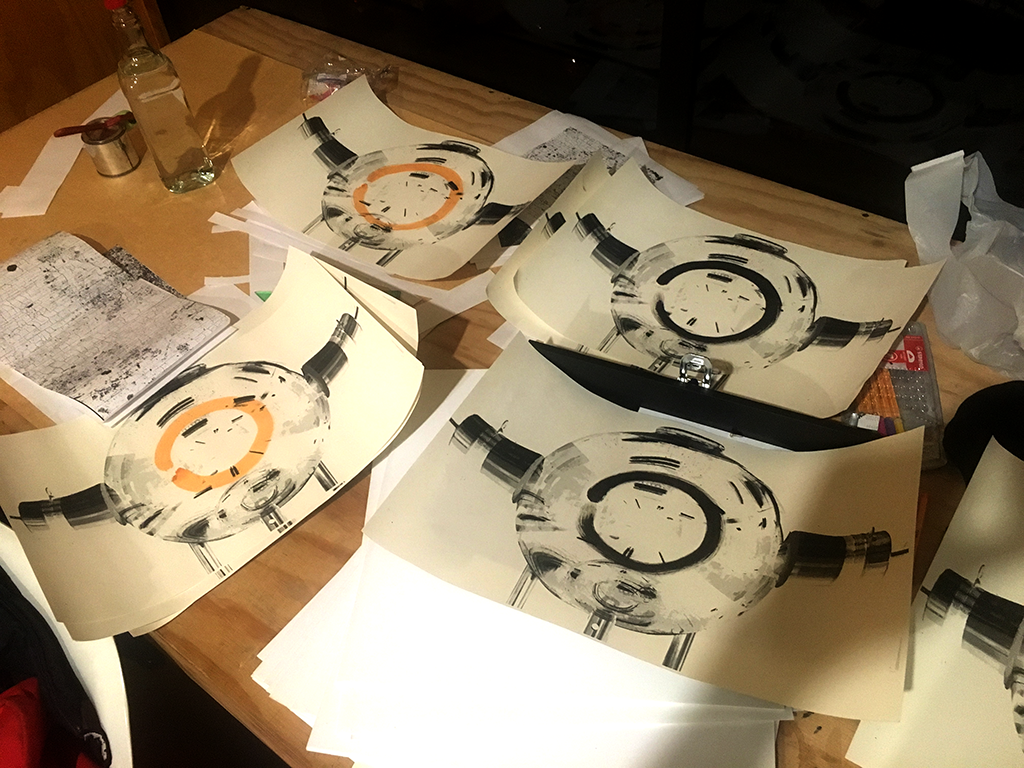
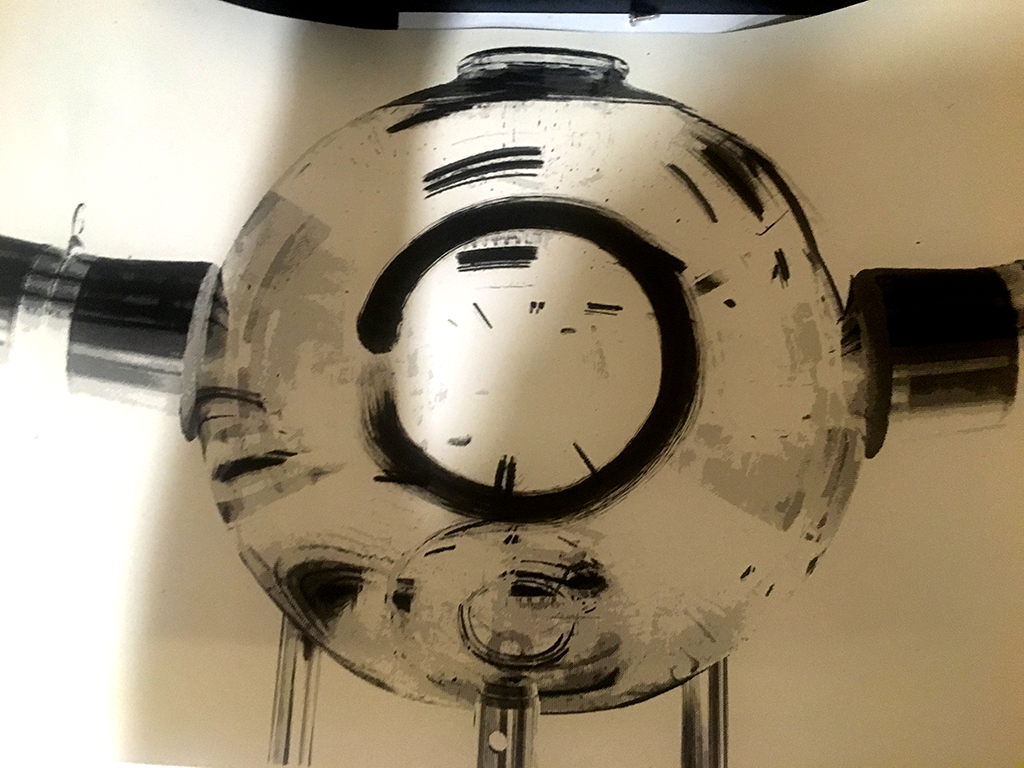
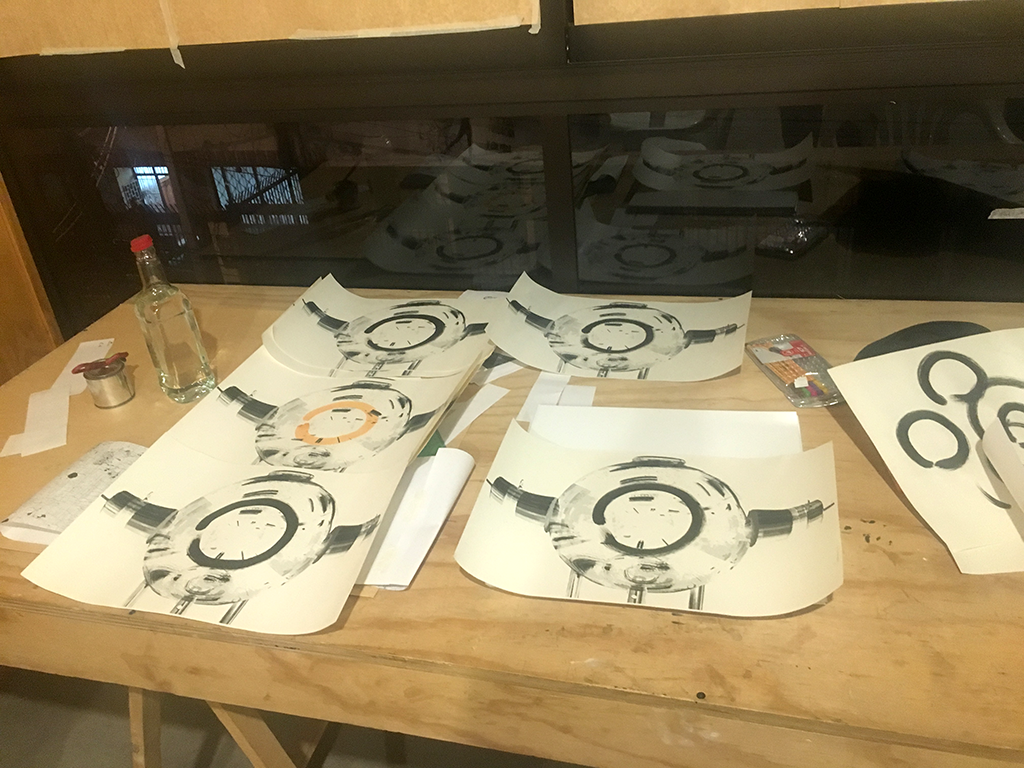
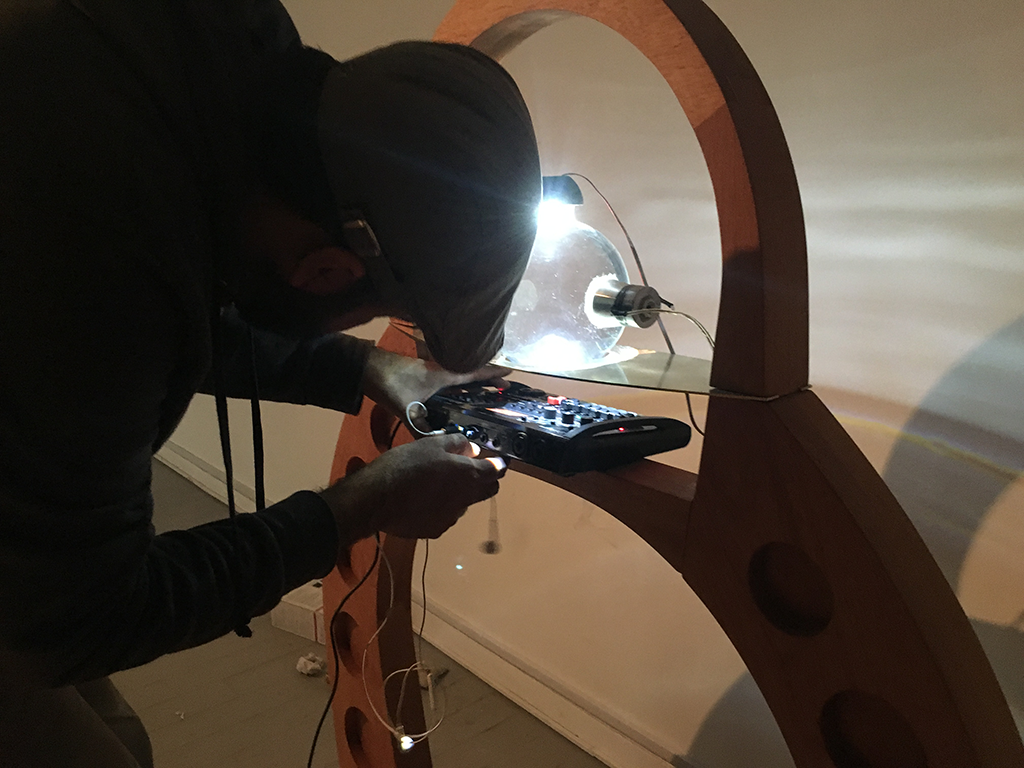
Modos De Oir , Laboratorio Arte Alameda
